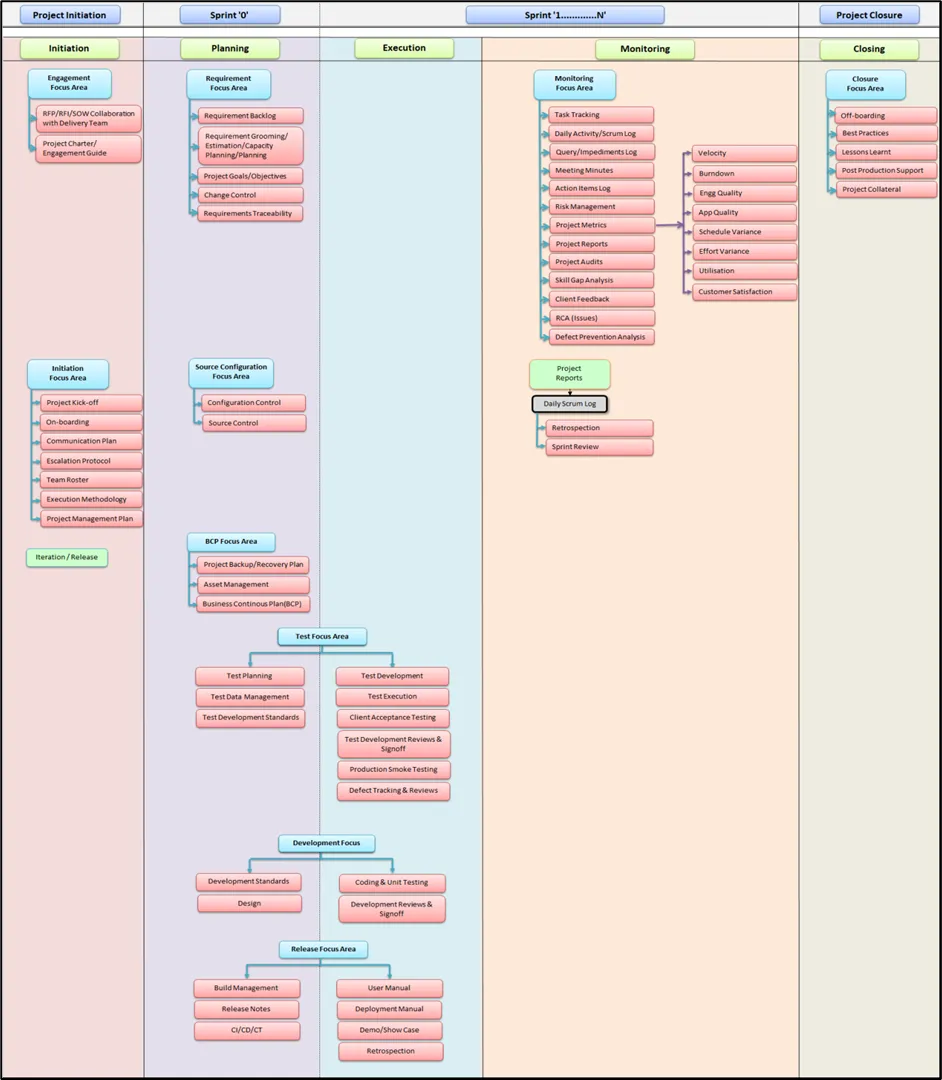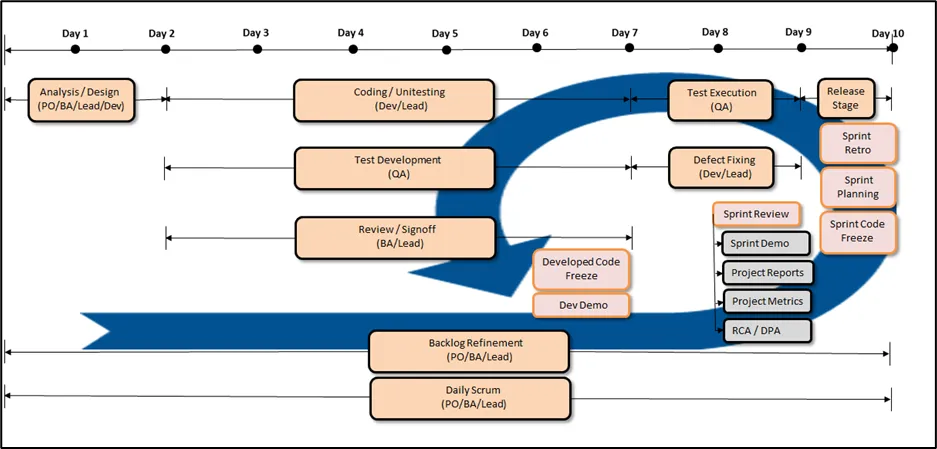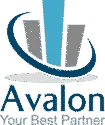Scrum is a process framework that enables teams to deliver the highest business value in the shortest time. Team first builds a log of work items to be delivered. It is called Product backlog and is owned by a product owner. The delivery of work items in Product backlog occurs over multiple iterations called Sprints.
In each sprint team picks the work items from product backlog and put them in the sprint backlog. Life of a sprint backlog is same as of a sprint. Usually the size of the all the sprints is same, either of 2 to 4 weeks. Best way to decide the length of a sprint is, the duration you expect there will be no change in the work items you are planning to work in a sprint.
Each sprint is given a unique number (first sprint is called sprint 1) starting from 01 and increases by one with every new sprint. To ensure team is following the scrum, a Scrum master works with the team to guide and resolve their issues. To know more about scrum https://www.agilealliance.org/glossary/scrum
Before starting the sprint 1, the scrum master must run a Sprint 0. There is no fix duration of the sprint 0. During the sprint 0, the team should get the all the required information to start the development in Sprints. Below are the typical information team must have before starting the Sprint 01.
- 1. Milestone -Functional and non-functional requirements
- 2. Initial estimated Product backlog
- 3. Risks and their mitigations
- 4. Communication plan
- 5. Estimation method
- 6. Team Roster
- 7. Technology stack
- 8. Environment & Access
- 9. Acceptance criteria
- 10. Coding/Design/Test standards
- 11. Scrum Training
- 12. Tool & Techniques
- 13. PLM Training by Scrum Master
- 14. Internal Project kick off
Once team gets what it needs to commence the development work, scrum master should announce the end of Sprint 0, and announce the date of Sprint 1.
During the project execution under scrum, you need to maintain various controls. The project progress will be assessed using these controls during the project. To understand the controls which you need to maintain during the Scrum, please refer the below diagram.

As advised by Scrum Alliance, sprint duration should be 2-4 weeks. To understand how a sprint should be executed, a 2-week sprint example.
| Activity | Duration(% of Sprint) | Participants | Duration (Days) in 10 days Sprint (2 weeks) | Duration (Days) in 15 days Sprint (3 weeks) |
|---|---|---|---|---|
| Analysis/ Architect/ Design | 20% | PO/ BA/ Dev Lead | 2 | 3 |
| Coding/ Unit testing/ Test Development | 50% | Dev team | 5 | 8 |
| Testing/Defect fixing | 20% | Dev / QA | 2 | 3 |
| Release/ Sprint Demo, Review, Retrospective/ Sprint planning | 10% | PO/ BA/ Team | 1 | 1 |
Analysis phase i.e. 20 % of the sprint is spent for the Analysis/ Design of the user stories picked into the sprint backlog. Development phase i.e. 50% of the sprint is spent on coding, unit testing, test cases development, automation script development, code reviews, User stories clarifications etc. At the end of the development phase, the development team announces the code freeze and plan for a demo to PO/ BA/ test team.
The purpose is to bring the ownership of doing the things right at the first time. It also brings the focus on various stakeholders who are supposed to provide necessary information to the team and remove their impediments. Testing phase consumes next 20% of the sprint where various functional/non-functional tests gets executed manually or with automation.
The purpose is to bring the ownership of doing the things right at the first time. It also brings the focus on various stakeholders who are supposed to provide necessary information to the team and remove their impediments. Testing phase consumes next 20% of the sprint where various functional/non-functional tests gets executed manually or with automation.

Product backlog refinement is a continuous activity where the team in collaboration of PO/BA size and prioritize the User Stories, add details & acceptance criteria. It helps in sprint planning to create sprint backlog. Team spends time whenever they have bandwidth.
There are 4 ceremonies which are supposed to be conducted.
| Ceremony | When | How Long | Who Attends | Why |
|---|---|---|---|---|
| Sprint Plannin | Before starting the sprint | ~ 4 hours | Scrum Master, Product Owner and Scrum Team | To create spring backlog |
| Daily Scrum | Daily | 15 minutes | Scrum Master, Product Owner (Optional) and Scrum Team | The Daily Scrum is the key inspect and adapt meeting during a Sprint. |
| Sprint Review/Demo | At the end of the Sprint | ~2 hours | Scrum Master, Product Owner and Scrum Team, All the Stakeholder/Sponsors, Customers | To review the team is building the Right Product |
| Sprint Retrospection | At the end of the Sprint | ~2 hours | Scrum Master, Product Owner and Scrum Team | To identify improvement areas and action items to increase the efficiency of the team |
